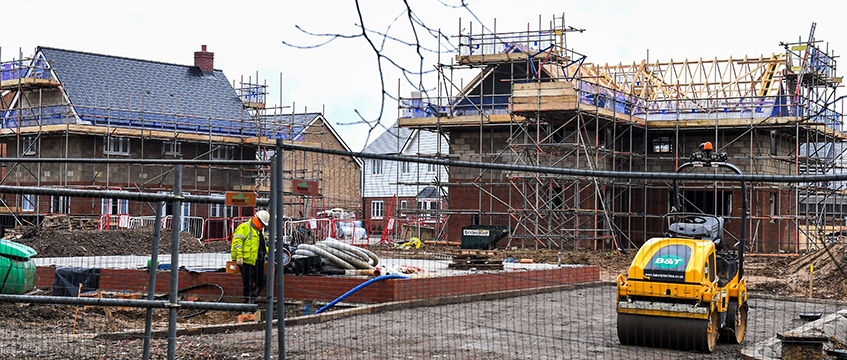COMMENT: Since the 1970s, it has been generally accepted that creating more diverse, cohesive and integrated communities underpins long-term sustainable places. Much empirical research is now emerging on the socio-economic benefits of mixed-tenure areas – benefits that have been assumed for many years, not least due to the strong moral case. However, the symbiotic relationship between mixed-use areas and mixed-tenure living has perhaps been less emphasised than it might.
This is particularly relevant as we emerge from the pandemic with a greater emphasis than ever on multi-functional neighbourhoods and the overall resilience of our towns and cities. It is places that most successfully combine mixed communities with a range of civic, commercial, retail and leisure uses, along with distinctiveness and character, that will endure.
Future aspirations
As a mixed-use urban regenerator, many of our schemes are on brownfield sites in central locations that have been in decline, and many have become a drain on a local economy. Urban regeneration must be founded on understanding community needs and the underlying strengths of an area. From there, we will work to blend heritage with future aspirations and create the right infrastructure and optimum mix of uses to bring people to an area to live, work and socialise. Put simply, it’s about delivering an adaptable blend of uses and living options to offer choice, interest and opportunity.
With respect to inclusiveness, there is still something of a myth that you can’t offer someone in an affordable home the same experience as a private renter or owner-occupier, but this just isn’t the case. We have been able to achieve this successfully and consistently, including projects in Canning Town, Brentford, Brixton, Lewisham and Bristol to name a few. Establishing robust long-term management structures has been key to all these projects. With changes to leasehold legislation making the role of the institutional ground rent investor redundant, having alternative institutional partners involved in the long-term management of communities, alongside resident management groups, is likely to be increasingly important.
The move towards the institutional rental sector has broadened living choices over recent years. One of the advantages of build-to-rent is that it gives rise to opportunities to more readily pepper-pot affordable homes. The intermediate rent homes at our Lewisham Gateway scheme are completely mixed with private rent, plus the actual homes used as intermediate rent will flex and be truly fluid over time, genuinely tenure-blind.
Complex funding solutions are often required to enable schemes to be built out at scale and pace rather than incrementally over a longer period. While there can be some hard yards in bringing together various funding partners, we find it crucial to large-scale delivery. Again, our Lewisham Gateway scheme is a key example of this blending of our own finance with public sector funding support, senior debt and institutional finance to build-to-rent and affordable homes. The funder of our final phase, Get Living, didn’t just purchase 650 rental homes, but saw the opportunity of being the long-term custodian of a neighbourhood; combining mixed-tenure homes, retail and leisure amenities and workspace to suit everyone. Aligning with appropriate investor aspirations has accelerated delivery.
City living
Living in more central locations is now a lifestyle choice, and it’s not just aimed at millennials or Generation Z. What co-living and senior living residents have in common, along with other tenures, is a focus on localism and a desire to be on the doorstep of leisure, retail and other facilities. The structural changes in the retail sector now present an opportunity to repurpose town and city-centre assets to include a range of lifestyle typologies.
However, seizing the full extent of this opportunity can’t be done in isolation. It can only be achieved in partnership, whether it be with investors, local authorities, registered providers and, of course, communities. Drawing those stakeholders together with a common purpose to achieve innovative solutions to local issues is a fundamental part of our role at Muse and our industry peers. If that potential can be realised, some truly special schemes will come forward, to benefit all in our communities.
Mike Auger is board director at Muse Developments











